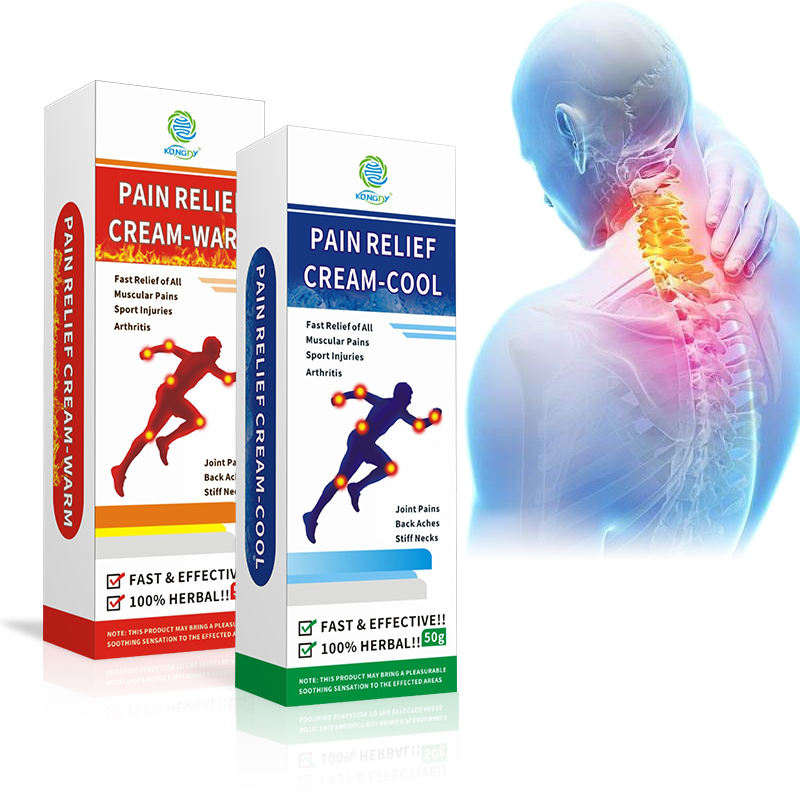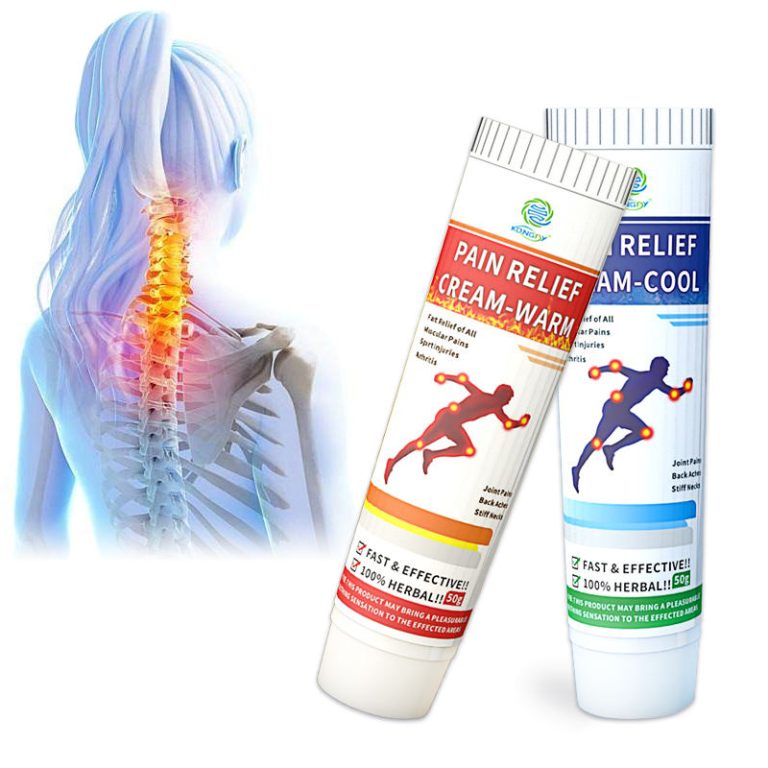Pain creams are a convenient way to target localized discomfort without oral medications. But how do they actually work? Let’s explore the science behind pain-relieving topicals.
How Pain Creams Work:
Counterirritant Effect:
Ingredients like menthol or capsaicin create a warming or cooling sensation, distracting the brain from deeper pain signals.

Anti-Inflammatory Action:
NSAID-based creams (e.g., diclofenac) reduce inflammation by blocking pain-causing enzymes.
Numbing Effect:
Lidocaine creams temporarily block nerve signals in the applied area, providing short-term relief.
Increased Blood Flow:
Some creams (like those with camphor) improve circulation, speeding up healing.
Common Ingredients & Their Roles:
Menthol: Cools and numbs the skin.
Capsaicin: Depletes substance P (a pain neurotransmitter).
Arnica: Natural anti-inflammatory.
CBD: May reduce pain and inflammation without psychoactive effects.
Are Pain Creams Safe?
Most OTC pain creams are safe when used as directed. However, overuse can cause skin irritation.
Prescription creams should only be used under medical supervision.
Final Thoughts:
Pain creams offer targeted relief by interacting with pain receptors, nerves, and inflammation pathways. Understanding their mechanisms can help you use them more effectively.






